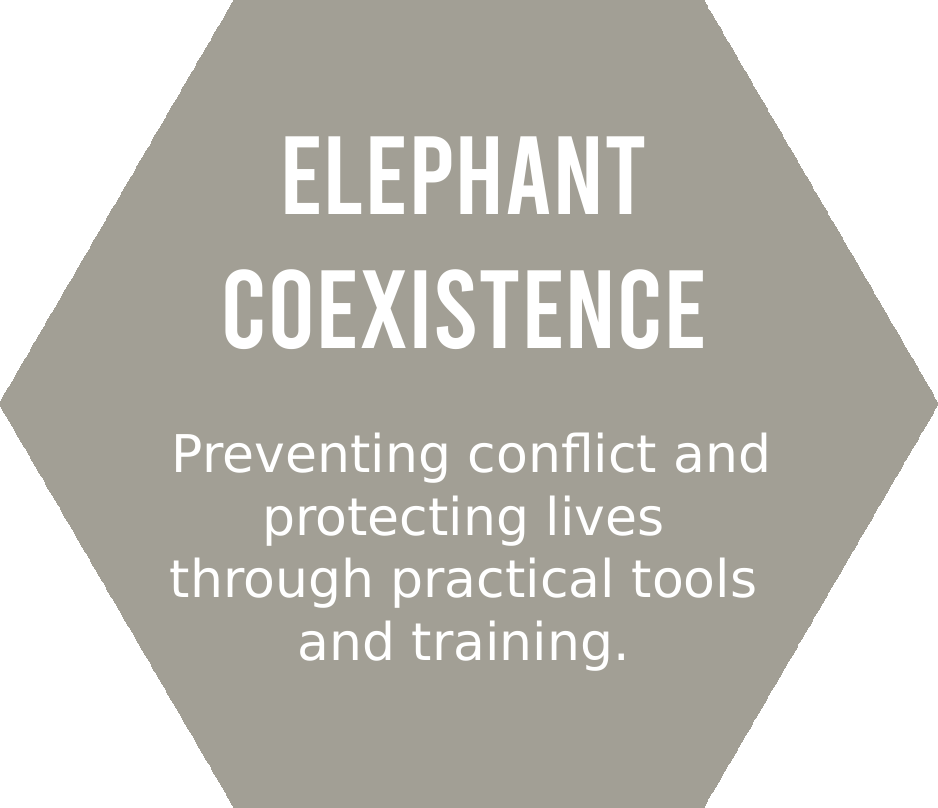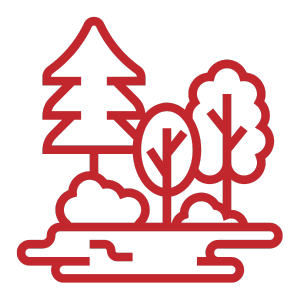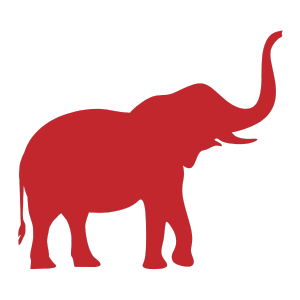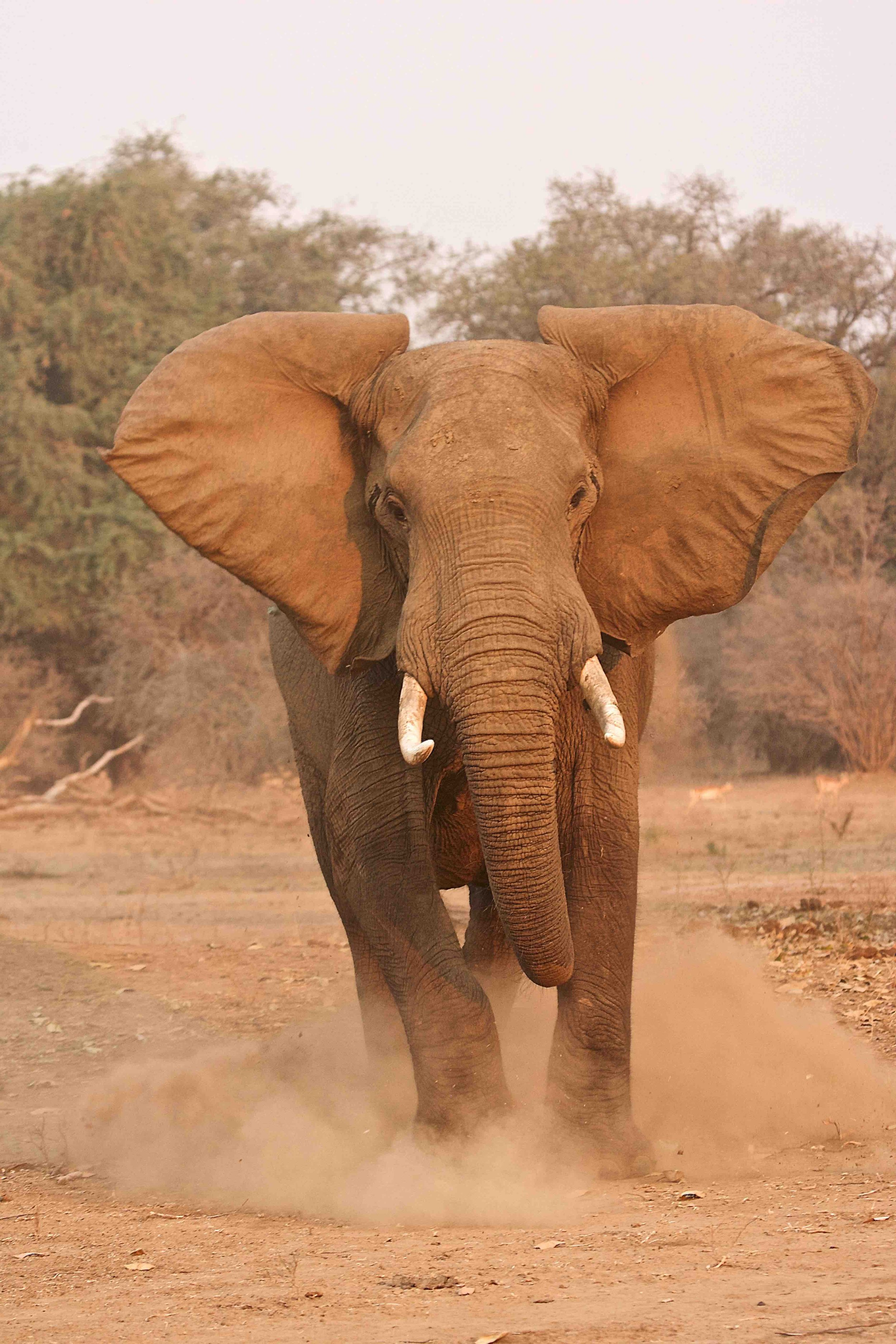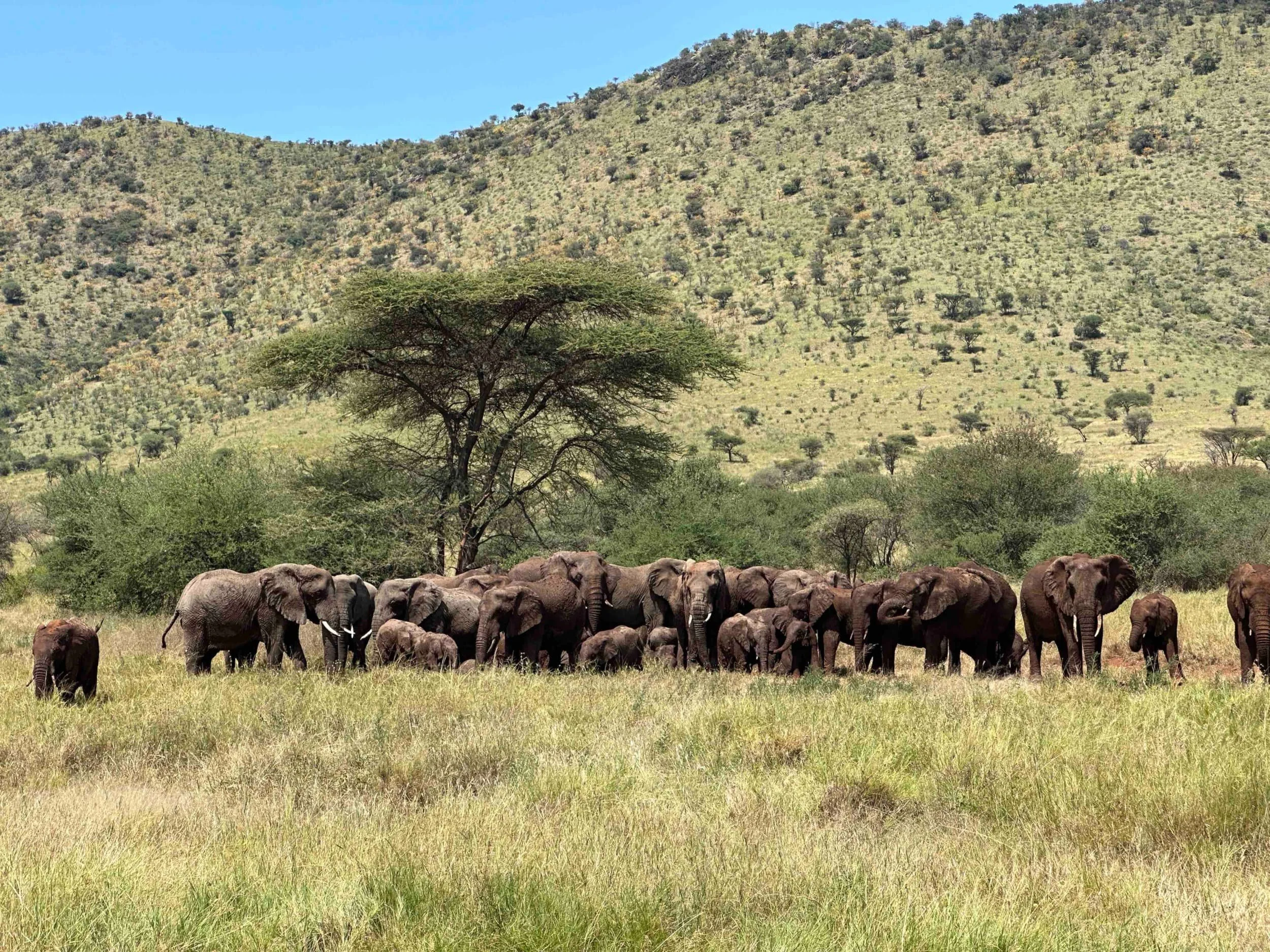
SERENGETI ECOSYSTEM

Where frontline farming meets one of the most important elephant landscapes in East Africa.
In the far north-west of Tanzania, the Serengeti’s boundary is both a lifeline and a flashpoint. This region is part of a critical transboundary elephant population shared with Kenya’s Maasai Mara and neighbouring ecosystems. Elephants move freely across the unfenced northern and western edges of the park — using historic routes that now pass through village farmland.

why this ecosystem matters
a vital link in one of Africa’s most important elephant ranges.
The north-west Serengeti is not just a place of conflict — it’s a vital link in one of Africa’s most important elephant ranges. Protecting livelihoods here protects the ecological integrity of the entire transboundary system. By equipping farmers, especially women, with the tools, knowledge, and enterprises they need, we are keeping people safe, reducing pressure on elephants, and ensuring that farms and wildlife can thrive side by side.
-
In the Serengeti ecosystem, we work in:
Mbilikili
Biasarara
-
In Mbilikili and Biasarara villages, the conflict is intense. Years of poaching have left some elephants more aggressive, increasing the danger for farmers who try to defend their livelihoods. Many of these farmers are widowed mothers, guarding their land and families at night with torches, fires, and the help of neighbours. The risks are high, yet so is the determination to protect both lives and livelihoods.
Human–Elephant Coexistence
We launched the Serengeti programme in 2023 at the request of local leaders, following the success of our Ngorongoro coexistence projects. Our approach combines rapid-response safety measures with a clear pathway to longer-term, sustainable deterrents.
Immediate actions: distribution of torches, chilli brick production, and safety training on elephant behaviour.
Medium-term: practical training in passive deterrents including chilli fences, beehive fences and “smelly elephant repellent,” with pilot fences installed in both villages.
Long-term: a trial of chilli fences showed early results with a reduction in elephants entering farms. To strengthen protection and introduce the effective economic enterprise model, beehive fences were introduced and recently extended (3km in Mbilikili and 3km in Biasara).
Land-use planning: supporting crop diversification, soil health, and the introduction of unpalatable crops.
This multi-stage strategy means farmers see immediate relief while building the skills, tools, and infrastructure for lasting coexistence.
Women on the Frontline
In both Mbilikili and Biasarara, women are at the heart of the response. Many manage farms alone while raising children, and have become leaders in collective night-guarding efforts. We are supporting these women through:
Access to reliable markets for honey, chilli, vegetables, and spices, creating a local circular economy linked to conservation.
Establishment of an Enterprise & Empowerment Hub — a multi-purpose space for honey processing, training, organic gardening, and small business development.
Formation of women’s groups focused on beekeeping and permaculture.
These hubs are designed to be self-sustaining centres of learning, production, and income generation — helping women move from constant risk to long-term resilience.
Wildlife Education and Safety
Alongside fieldwork, we are introducing Wildlife Workshops in schools, adapted from our Ngorongoro model, in collaboration with Children in the Wilderness (CITW). Students learn:
How to travel safely in elephant areas
The role of bees, forests, and regenerative farming in conservation
How to recognise elephant behaviour and respond appropriately
By engaging both adults and children, we are strengthening community-wide awareness and capacity for coexistence.

But we don't do this alone.
Wild Survivors is proud to collaborate with the below organisations to help us deliver our vital conservation work:
Funding Partners:
Camilla Peake Foundation
Conservation Partners (funding and on-ground support):

Explore more
EXPLORE OUR OTHER ECOSYSTEMS
-
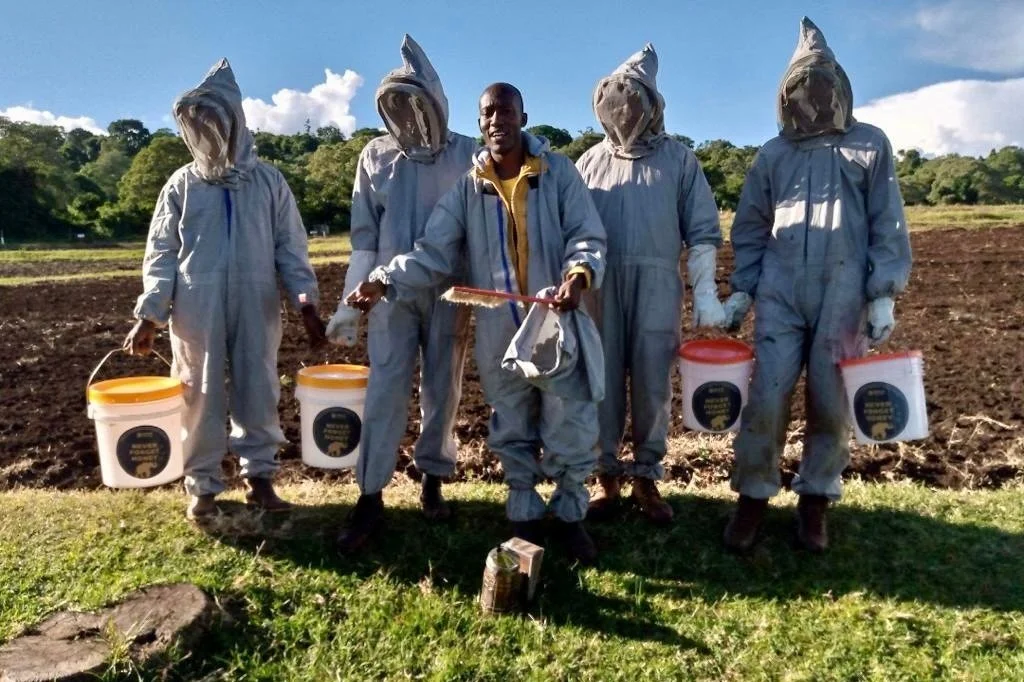
NGORONGORO ECOSYSTEM
-

RUKWA-KATAVI ECOSYSTEM







